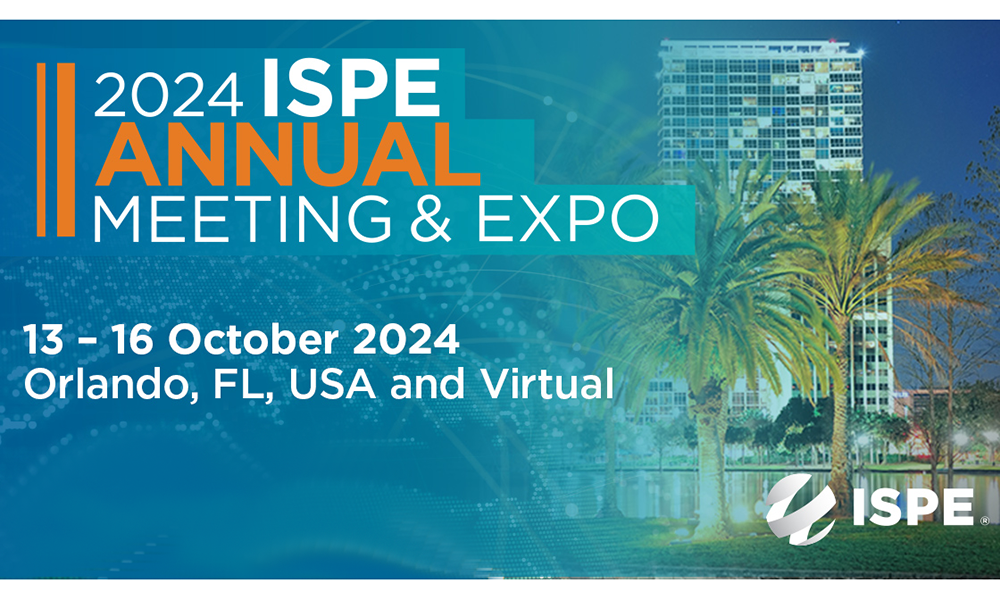Under the US FDA regulatory framework, CPs may be considered single-entity, co-packaged, or cross-labeled with the regulatory definitions and pathways described through FDA guidance and regulations. , In contrast, NMPA’s CP classification includes only single-entity combinations of drug and device constituents that are physically integrated through mixing, coating, or chemical bonding and cannot be easily separated. Under this framework, certain products such as pre-filled syringes or autoinjectors are not considered CPs and apply for registration as drug products. However, drug-led CPs may include bandages containing antibacterial drugs and device-led CPs may include drug-coated stents.
For CPs, the lead NMPA Center is based on the primary mode of action by which the product achieves its intended therapeutic effect. The Center for Drug Evaluation (CDE) is responsible for drug-led CPs and the Center for Medical Device Evaluation (CMDE) is responsible for device-led CPs. CPs undergo a synchronized evaluation whereby CDE and CMDE coordinate review of product safety, effectiveness, and quality, with the lead center providing the overall recommendation. Akin to US FDA’s Request for Designation (RFD) with the Office of Combination Products, if the product classification is unknown, Sponsors can submit an attribute definition request to the Center for Medical Device Standardization Administration (CMDSA)., Similar to the RFD process, attribute definition decisions are published on the CMDSA website.
Historically, in-country testing requirements, reference country authorization, and protection of trade secret information created barriers to NMPA registration and some of these challenges continue to persist. In 2021, for the first time, NMPA permitted self-testing of medical devices for registration. However, many medical device manufacturers continue to rely on in-country testing procedures as NMPA clarifies and interprets the self-testing requirements. Also, for drugs, in-country testing is still required by a national or provincial lab and foreign manufacturers must still obtain marketing authorization with a reference country prior to NMPA registration. However, for new or innovative drug products and medical devices, this reference country requirement can be waived to facilitate patient access., , And like US FDA, for third-party vendors, sponsors may reference a master file to protect certain trade secret information that needs to be reviewed by NMPA.
As China modernizes its regulations, continued engagement with global health authorities is essential for promoting global harmonization and standardization. Hopefully, health authorities such as NMPA, will bring greater transparency and convergence with CP regulations to ensure patients have safe, effective, and high-quality medical products.
iSpeak Blog posts provide an opportunity for the dissemination of ideas and opinions on topics impacting the pharmaceutical industry. Ideas and opinions expressed in iSpeak Blog posts are those of the author(s) and publication thereof does not imply endorsement by ISPE.





